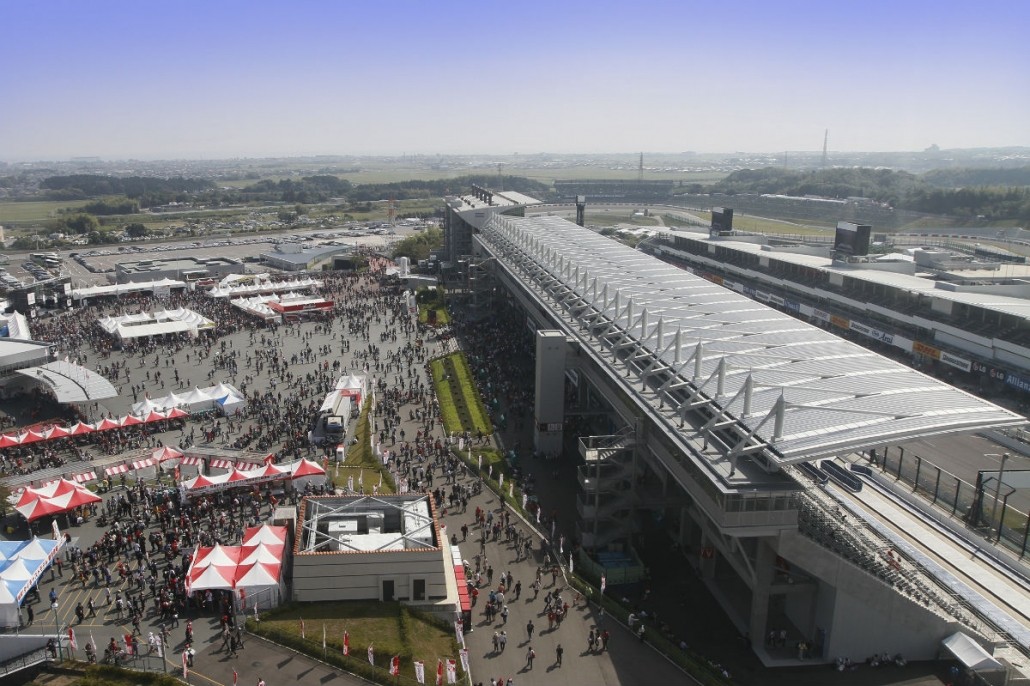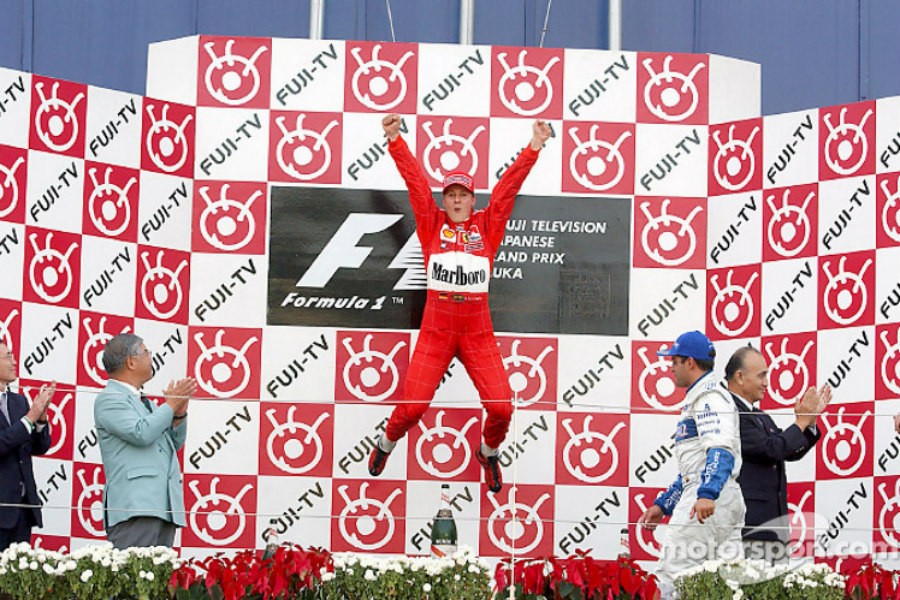This October, Formula One heads east for the Japanese Grand Prix. Held at Suzuka Circuit in Mie Prefecture, the race is a firm favorite with drivers and fans alike. Read on to find out more.
A Unique Circuit for a Uniquely Exciting Race
Widely considered one of the most challenging tracks in Formula One, Suzuka Circuit has been a fixture on the annual calendar since 1987. Originally built as a test facility by Honda in 1962, the circuit pushes both drivers and cars to the limits of their capabilities. Its unique figure-8 layout incorporates some of the most difficult corners in the sport, including the famous Spoon Curve and the speedy 130R.

Suzuka Circuit has hosted the Japanese Grand Prix since 1987. The race attracts F1 fans from across the globe.
The venue has hosted many notable races over the past 30 years, including several tense end-of-season deciders. However, Suzuka is perhaps most famous as the battleground of two of Formula One’s all-time greats, Alain Prost and Ayrton Senna. Although both drivers raced for the same team (McLaren) they shared a fierce, and often acrimonious, rivalry. This reached a head during a controversial encounter in 1989, when the two drivers collided on lap 47. Prost, convinced that he had done enough to win the driver’s championship, retired from the race. Senna continued after pushing his car back onto the track and went on to take the chequered flag, but was later disqualified over the incident.
The two collided again the following year, with Senna winning the championship this time as a result. Dramas such as these added to the appeal of the Japanese Grand Prix, and the race now attracts some of Formula One’s most passionate and knowledgeable fans from across the globe.
Japanese Grand Prix 2017
The legendary Michael Schumacher holds the record for most victories at Suzuka, having triumphed on six occasions between 1995 and 2004. Sebastian Vettel and Lewis Hamilton follow close behind, with four and three wins respectively. Both are currently front-runners in the 2017 driver’s leaderboard, with only a few points separating them going into the race.

Germany’s Michael Schumacher celebrates his victory in the 2001 Japanese Grand Prix, one of six times he won at Suzuka.
Suzuka Circuit once again looks set to play a decisive role in who will take the championship. Don’t miss what is sure to be one of the season’s most exciting fixtures!
The Japanese Grand Prix takes place on Sunday October 8, 2017. Visit the official Formula One website for all the latest news on the build up to the race.
Flying to Suzuka
Suzuka Circuit is located in the Inouchō area of Mie Prefecture. The closest airports for General Aviation (GA) are Chubu Centrair International Airport (IATA: NGO, ICAO: RJGG) and Nagoya-Aichi Airfield (IATA: NKM, ICAO: RJNA).
Chubu Centrair International Airport is situated on a man-made island, on the opposite shore of Ise Bay. It is approximately 80km away by car, and can be reached in around 80 minutes. RJNA functions as an Airport of Entry (AoE) 24/7, with customs and immigration officers based on-site. A complete spectrum of ground handling services are provided.
Nagoya-Aichi Airfield is approximately 70km from Suzuka Circuit to the north of the city of Nagoya. It can be reached in around 70 minutes by car. RJNA serves as an AoE on request, however please note that customs and immigration officers need to be brought in from another location. This requires a minimum of three days’ notice, and GA clearance is normally only possible from Monday to Friday, 08:30 – 20:30 local time. Although full ground handling is provided, larger aircraft are recommended to avoid this airport due to a lack of availability for aircraft stairs.
Both airport options require slots to be booked in advance, with deviation times of +/- one hour. Note that slots will not be allocated at RJNA until customs and immigration staff have been arranged. Prior Permission Required (PPR) is needed only for operations to RJNA, and has a lead time of three working days.
For further information on operating to Japan, including details on the documents required for landing permit applications, please read our informative blog post.
Arrange Your Trip to the Japanese Grand Prix with Jetex
Planning a visit to Suzuka for the Japanese Grand Prix? Experience world-class trip support with Jetex.
We are on standby 24/7 to process any request. Our dedicated operations staff will take care of all necessary overflight permits, landing permissions, fuel uplift and ground handling arrangements. Learn about the locations covered by our global network.
Beyond the airport, our concierge team can offer you the best available rates at top five-star hotels, arrange ground transportation and organize exclusive fine dining experiences. Visit the Jetex website for further details on our travel services.
For further details on flying into Japan with Jetex, please contact our team in Tokyo:
Jetex Japan
Tel: +81 3 3747 0420
Email: japan@jetex.com



